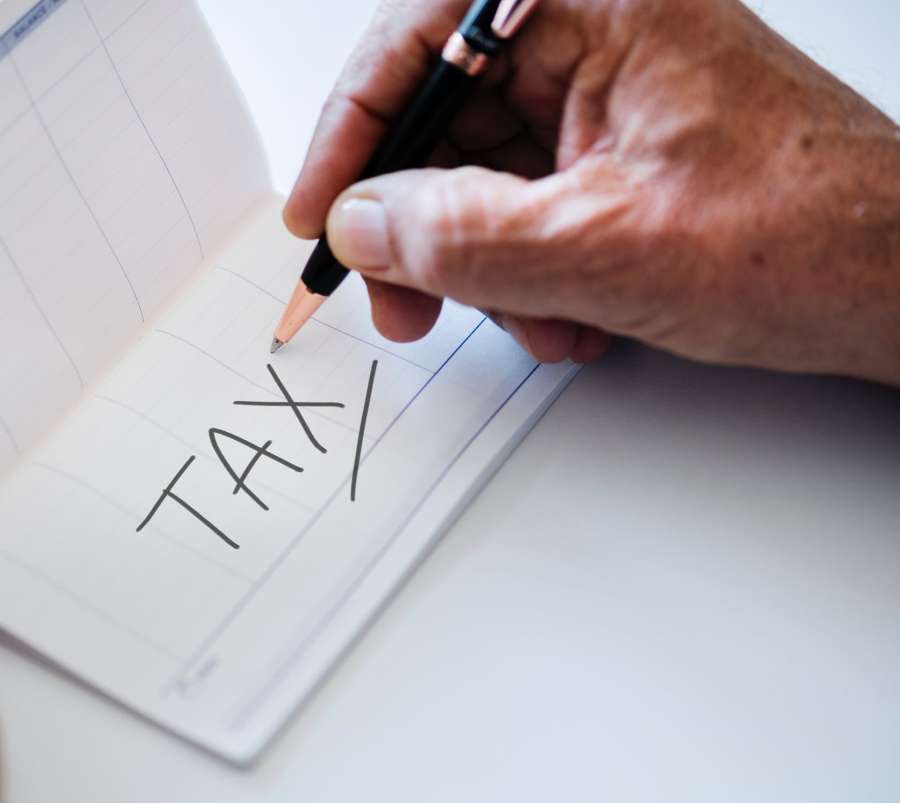The structure of an EOT can take many different forms, depending on what would be appropriate to suit the given objectives and management style of the company transitioning to an EOT ownership structure.
However, current thinking has common themes regarding the best EOT structure.
One common feature is that the EOT will have at least three individual trustees or a single corporate trustee; usually a company limited by guarantee, with at least three directors.
It is considered best practice for these individuals (trustees or directors) to include at least one:
- representative of the current employees (who are not on the company’s board of directors); and
- an independent trustee/director.
Often, the third trustee/director is a director of the trading company.
The tax rules surrounding EOTs contain a number of restrictions that need to be carefully considered when establishing the management structure and constitutional arrangements.
In particular, there is a restriction on the former owners of the company retaining control through the EOT structure. For this reason, it is best practice that the board members of the trading company do not make up most of the EOT trustees/directors.
The prior business owners often want to stay involved and have a voice/representative at the trustee level. This makes the role of the independent trustee extremely important to maintain the balance and autonomy required by the legislation governing EOTs.










